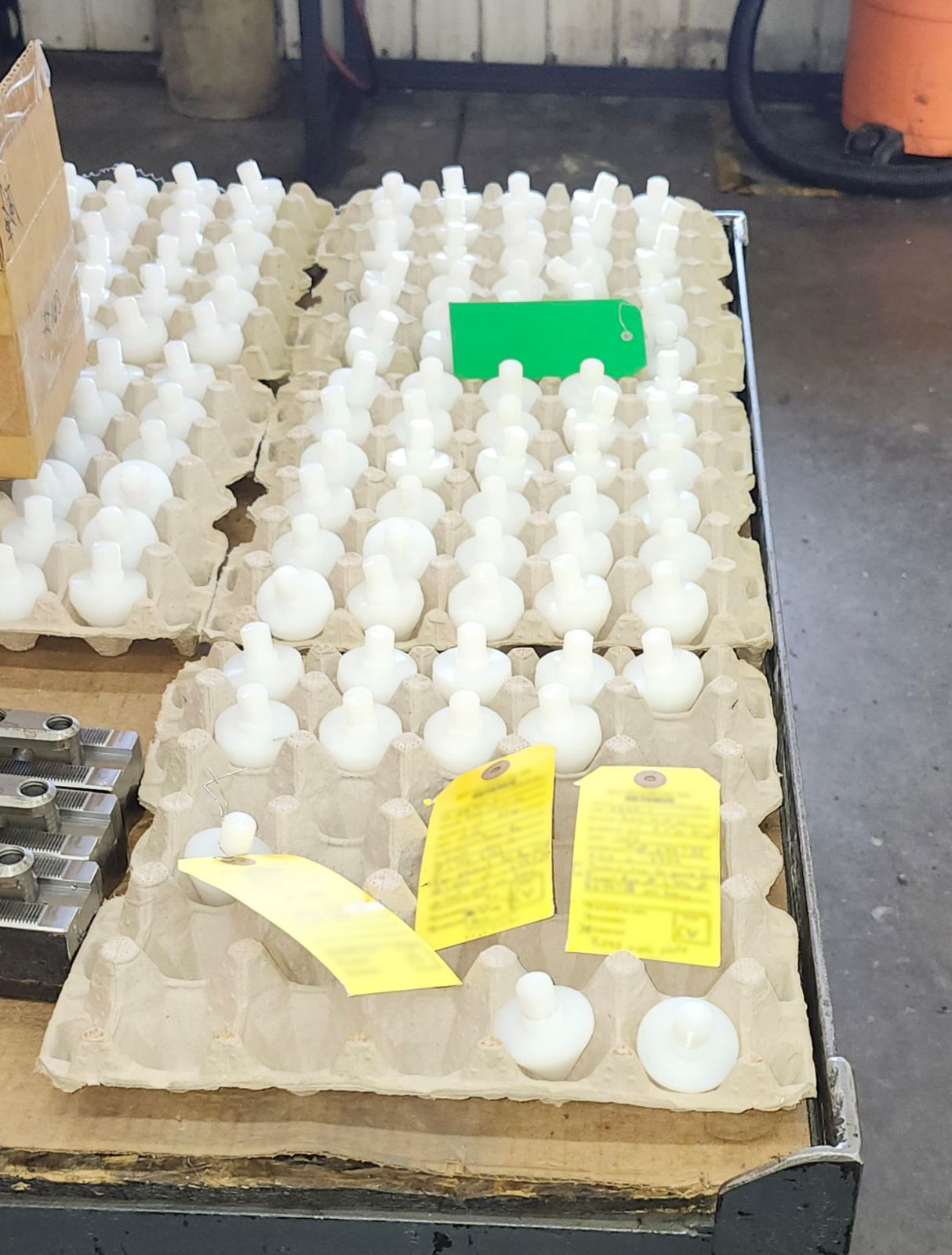Managing non-conformances: What Do We Do in Case of Errors?
Have you ever faced costly mistakes in your production chain?
Managing a non-conformance is a critical aspect of any production process. As a company specializing in high-precision machining, we understand the importance of ensuring every part meets the strict expectations of our clients.
But what happens when an error occurs?
In this article, we’ll show you how our non-conformance management process ensures the quality of your products. We'll explain the difference between minor and major non-conformance and the corrective actions we implement to maintain high standards.
How Does Continuous Monitoring Ensure Product Quality?
In our manufacturing process, quality is continuously monitored throughout production. This vigilance ensures strict compliance with client requirements, which are often documented not only on the work order but also in the inspection report. Every step of production is carefully checked to prevent any deviation that could affect the final product.
However, even with best practices, errors can still occur during production. For instance, improperly calibrated instruments, inadequate setups, human errors, or tool and machine failures can result in non-conformance.

Steps for Managing a Detected non-conformance
When an issue is identified, we immediately launch an analysis.
The first step is to isolate defective parts from compliant ones.
We also re-examine previously produced parts to ensure all errors are identified. This rigorous analysis helps pinpoint the root cause of the problem for effective resolution.
Minor vs. Major non-conformance
Not all non-conformances are equal.
Minor non-conformance
If the issue is deemed minor — for example, a slight cosmetic defect that doesn’t affect functionality — the non-conforming parts are labeled with a yellow tag. At this point, several options are available:
We can contact the client to confirm if these parts are acceptable as-is.
If requested by the client, we can apply a waiver, repair the parts, or remake them entirely.
Major non-conformance
If the issue is significant — such as a failure to meet technical specifications or a safety concern — it’s classified as major.
In this case, we complete a non-conformance (NC) form, triggering an in-depth analysis. This leads not only to immediate corrective action but also to long-term improvements in our manufacturing process to prevent recurrence.
What If the Client Detects the Problem?
Sometimes, non-conformance are only discovered after delivery, during the client’s inspection.
If a client identifies an issue, they should notify us immediately. Depending on the severity, we may request the defective parts be returned. We then collaborate with the client to resolve the issue, either by replacing or repairing the faulty parts.
Addressing Counting or Identification Errors
Another form of non-conformance can arise when a counting error affects the delivered quantity. If the delivered quantity doesn’t match the delivery slip or invoice, we quickly resolve the issue by issuing a credit or delivering the missing parts.
Similarly, if the wrong part number or revision was produced, we investigate the root cause of the error and take necessary steps to prevent its recurrence. This may involve revising internal procedures or improving communication with our clients.
Rectifying Poorly Finished Parts
If parts are improperly finished or not deburred as required, we make the necessary modifications before re-shipping them. This ensures our clients receive only the highest quality products, meeting the stringent standards we uphold.

A Proactive Approach to Prevent non-conformance
Managing non-conformance goes beyond correcting errors after the fact. At APF Villeneuve, we believe a proactive approach — with rigorous controls and constant root cause analysis — is key to ensuring client satisfaction.
By implementing corrective and preventive actions, we maintain the quality of our products and turn every mistake into an opportunity for improvement.
Stay informed about the latest trends in quality and production management. Sign up for our newsletter today to receive expert tips and industry updates!
